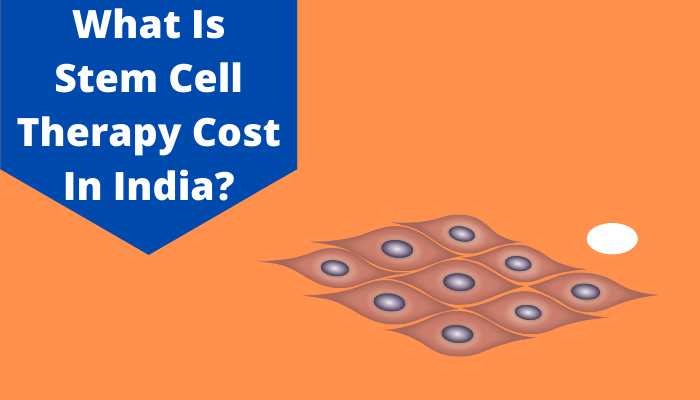A detailed guide to filling Medical Insurance Reimbursement Claim
The fear of the COVID-19 pandemic has forced many individuals to purchase various health insurance policies to safeguard themselves and their family members amidst this deadly pandemic. As a result, many leading health insurance companies are welcoming customers with lucrative health insurance plans that offer a spectrum of benefits. However, before purchasing a health policy, the policyholders should know the health insurance reimbursement process and the documents needed for making a claim.
After purchasing a health insurance policy from a reputed insurer, you will be covered with the sum insured amount. If you need hospitalizations, treatment costs, emergencies, etc., this sum insured amount offers financial support to you and your family. Once you make a medical claim reimbursement to your insurance company, the company will study and investigate your claim. After approval, the insurer will compensate for your treatment cost.
So, medical insurance reimbursement is a process by which you are claiming your health insurance policy benefits from the insurer.
Mr. Asutosh (58 years) was admitted to an eminent hospital for 48 hours for an emergency. The hospital bill that comes with the physician’s fees and other medical treatment costs is Rs 1.5 lakhs. Mr. Asutosh had purchased a comprehensive health insurance policy that offered the sum insured amount of Rs 5 lakhs. Therefore, when Mr. Asutosh files a claim of Rs 1 lakh, including all the costs he can claim, he will be reimbursed by the insurance company.
Once you claim your health insurance policy, you will be either eligible for the cashless transaction (direct claim settlement option) or medical claim reimbursement. In the medical claim reimbursement process, first, the policyholder needs to bear the hospital’s expenses from his/her pocket. Later, the person can go for reimbursement in health insurance from the insurer. A reimbursement facility is available for both network and non-network hospitals.
What is Cashless Reimbursement Procedure?
Cashless reimbursement is a process where your insurer directly pays the bill to the network hospitals, and you need to pay a minimal amount. This can be two types (planned and emergencies).
1. Cashless process for Planned hospitalization treatment
This is the case where you are aware of your hospitalization, and you already booked a date for your surgery or treatment. Here is the process of this type of claim reimbursement.
- Get the pre-authorization form (insurance reimbursement form) from the hospital’s website where you are planning to admit. An estimate of the treatment is mentioned in the form.
- Now, submit this form to your insurance company in advance
- After receiving your form, the company will inform the hospital and you will get a confirmation letter (valid for 7 days)
- Once you have been admitted, submit your health card and confirmation letter to the hospital authority on the same day.
You just have to take care of your health because your insurance company will pay the bill.
2. Cashless process for Emergency hospitalization
Under any emergency or unforeseen condition, you can go for this claim process.
- Inform your insurance company within 24 hours of your hospitalization to initiate the claim process.
- You need to submit certain documents, including your policy copy, insurance card, ID card, and address proof. In addition, if you are claiming for more than Rs. 1 lakh, you need a duly filled CKYC form.
- Submit the cashless claim form ( filled by the hospital ) to your insurance company.
- After the submission of the cashless claim form, the hospital will get an authorization letter from the insurance service provider. Once it is approved, your insurer will pay the expenses.
Medical Reimbursement Claim Process
In case of medical reimbursement claim, first, you need to pay the cost of treatment and hospitalization from your pocket. Then your insurance company will reimburse the amount later. These can be two types.
- Network Hospitals: A network hospital is tied up with the insurance company and offers cashless treatment to policyholders.
- Non-Network Hospitals: These hospitals are not tied up with the insurer and thus, don’t provide cashless treatment.
If you are looking for a medical reimbursement claim, follow the below-mentioned steps.
- Verify all the details while paying the bill
- Now, you need some imperative documents including your medical claim reimbursement form (signed and filled up), your policy copy, insurance card, original bills, hospital discharge letter, doctor’s prescription, health reports (Xray, MRIs, etc.), a medical certificate by the doctor, your contact information, and bank details.
- Submit all these documents to the insurer (before submitting thoroughly review and verify the documents)
- Make copies of all documents for future reference.
- After reviewing the details, the insurer will approve your claim (within 2-3 weeks). Once it is approved, the insurance company will transfer the amount to your bank account.
Why Submit health insurance claim online in India
As we move towards digitalization, many insurance companies offer policyholders to claim health and medical benefits online. First, ask your insurance company whether or not they are providing this type of service. Then, by logging in to the website of company, you can fill and submit your claim.
The online claim submission process is easier and facile. Your payment will also be processed faster through this online option. In addition, the online claim process will help you understand your out-pocket expenses (for your purchased health insurance) in a better way.
If your submitted documents are not adequate, insurance companies may not entertain your claim as per their terms and conditions. Understand the entire health reimbursement process so that you don’t need to bear the pain of rejection. Note down the expenses that are not covered under your health insurance policy. Though these expenses are still a crucial part of your medical treatment, the insurance company will not compensate them.




























